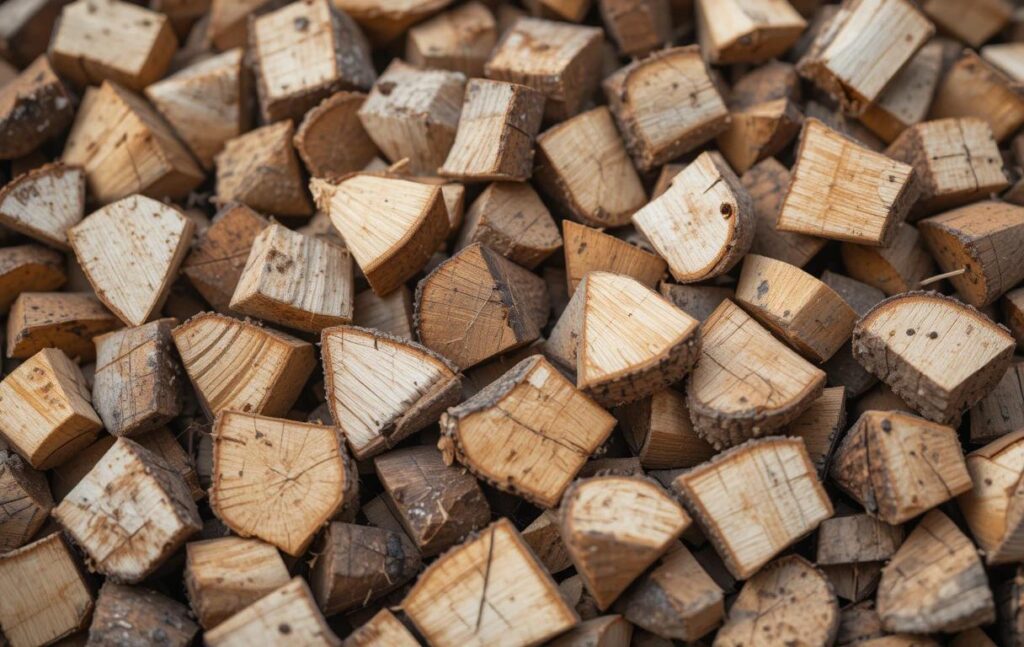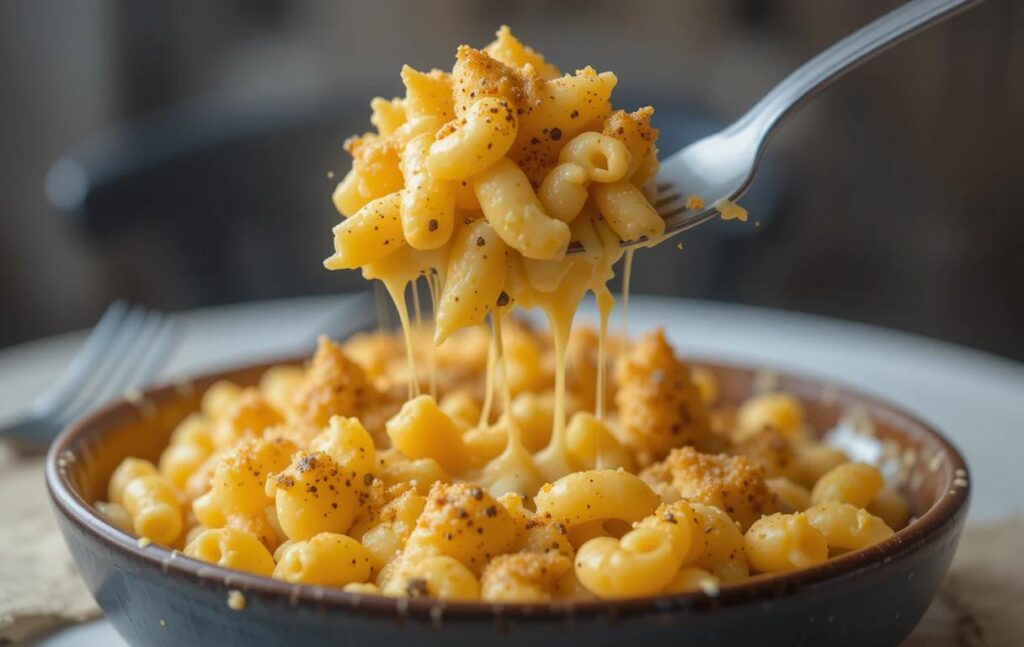What are the best cheeses to smoke?
Smoking cheese is an age-old technique that transforms ordinary cheeses into gourmet delicacies. By infusing cheeses with smoky aromas and flavors, you can elevate them to new culinary heights. Whether you’re preparing appetizers, crafting a charcuterie board, or experimenting with recipes, smoked cheeses offer unmatched versatility and depth of flavor. But not all cheeses are created equal when it comes to smoking.
Why Smoke Cheese?
Smoking cheese is about more than just adding a hint of smoke to your favorite dairy products—it’s a transformative process that enhances flavor, texture, and even versatility. Here’s why cheese enthusiasts and culinary experts swear by this method:
- Enhanced Flavor: The smoky aroma blends with the natural creaminess of the cheese, creating a complex, layered taste that’s hard to resist.
- Versatility in Recipes: Smoked cheese pairs wonderfully with everything from sandwiches and soups to pastas and burgers.
- Preservation: Smoking acts as a mild preservative, extending the shelf life of the cheese when stored properly.
- Artisanal Appeal: Smoked cheeses often bring a gourmet touch to dishes, making them a hit for special occasions or charcuterie boards.
Whether you prefer mild or sharp flavors, the art of smoking cheese can elevate the culinary experience.
The Science Behind Smoking Cheese
Understanding the science of smoking cheese is key to achieving the perfect texture and flavor. Here’s what happens during the process:
- Temperature Matters: Cheese is typically cold-smoked to prevent melting while allowing smoke to permeate its surface. This occurs at temperatures between 68°F and 86°F (20°C-30°C).
- Smoke Particles Infusion: Tiny particles in the smoke settle onto the cheese, bonding with its natural fats and proteins. This interaction creates the signature smoky taste and aroma.
- Moisture and Texture: Smoking slightly dehydrates the outer layer of the cheese, resulting in a firmer texture. Over time, the smoke flavor mellows and integrates into the cheese’s interior.
The process doesn’t just involve aesthetics; it’s a precise technique that balances temperature, smoke, and timing to achieve a delectable outcome.
Best Cheeses for Smoking
Not all cheeses are ideal for smoking, but the ones that are can take on flavors beautifully. Let’s explore the top contenders:
1. Gouda: The Crowd Pleaser
Gouda is a favorite among cheese lovers for its mild, creamy taste. When smoked, it develops a rich, buttery flavor with a subtle sweetness. Gouda’s semi-soft texture makes it absorb smoke evenly, resulting in a perfect balance of creaminess and smokiness.
Pro Tip: Use applewood or cherry wood for smoking Gouda to bring out its natural sweetness.
2. Cheddar: A Smoky Classic
Cheddar is one of the most versatile cheeses for smoking. Its firm texture and sharp, tangy flavor profile make it an excellent candidate for absorbing smoke. Smoked cheddar adds a depth of flavor that works beautifully in burgers, mac and cheese, or even on its own.
- Best Wood: Hickory or mesquite for a bold, robust flavor, or applewood for a milder smokiness.
- Aging Options: Both mild and sharp cheddar can be smoked, but aged cheddar tends to hold its own against stronger smoke profiles.
Pro Tip: Allow the smoked cheddar to rest for a few days before serving to let the flavors mellow and integrate.
3. Mozzarella: A Soft, Subtle Option
Mozzarella may not be the first cheese that comes to mind for smoking, but its mild, creamy flavor absorbs smoke exceptionally well. Smoked mozzarella takes pizza, caprese salads, and pasta dishes to the next level.
- Texture Considerations: Its soft nature requires careful handling during the smoking process to maintain its shape.
- Best Wood: Alder or applewood adds a delicate, sweet smokiness without overpowering mozzarella’s subtle taste.
Pro Tip: Use a firm, low-moisture mozzarella for smoking to prevent it from becoming too soft.
4. Swiss: Adding Depth to a Nutty Flavor
Swiss cheese is known for its mild, nutty flavor, and smoking enhances these qualities, creating a more robust and complex taste. Smoked Swiss cheese is perfect for sandwiches, fondue, or as a stand-alone snack.
- Best Wood: Cherry or pecan wood complements Swiss cheese’s nutty undertones.
- Texture Tip: Its semi-hard texture allows it to hold up well during smoking, absorbing smoke evenly.
Pro Tip: Pair smoked Swiss with cured meats and crusty bread for a gourmet platter.
5. Blue Cheese: A Bold, Smoky Twist
Blue cheese’s strong, tangy flavor profile makes it an adventurous choice for smoking. The smoke tempers the cheese’s intensity, adding a balanced depth that complements its sharpness. Smoked blue cheese works wonderfully in salads, dressings, or as a unique appetizer.
- Best Wood: Use a mild wood like maple or pecan to avoid overpowering the cheese’s bold flavor.
- Storage Tip: Let smoked blue cheese age for a few weeks to develop a harmonious blend of smoke and tang.
Pro Tip: Crumble smoked blue cheese over grilled steaks for a luxurious finish.
6. Brie: Elegant and Smoky
Brie is a soft, creamy cheese often associated with elegance. Smoking Brie adds a surprising twist, giving it a luxurious smoky flavor that pairs beautifully with fruits, nuts, and wine. It’s ideal for baked Brie appetizers or as part of a charcuterie board.
- Best Wood: Applewood or cherry wood enhances Brie’s buttery richness without overpowering its delicate flavor.
- Handling Tip: Chill Brie before smoking to prevent it from becoming overly soft during the process.
Pro Tip: Serve smoked Brie with honey and almonds for a decadent treat.
Cold Smoking vs. Hot Smoking
Cheese smoking typically involves the cold smoking technique, but understanding the differences between cold and hot smoking can help you make the right choice:
- Cold Smoking: Performed at temperatures between 68°F and 86°F (20°C-30°C), this method is ideal for cheese as it prevents melting while infusing flavor.
- Hot Smoking: Done at higher temperatures, hot smoking isn’t suitable for most cheeses due to their low melting points. It’s primarily used for meat and fish.
Cold smoking allows you to preserve the cheese’s texture while imparting a deep smoky aroma and taste. It’s the preferred method for smoking cheese at home or commercially.
Choosing the Right Wood for Smoking Cheese

The type of wood you use significantly impacts the flavor of the smoked cheese. Each wood variety imparts a distinct aroma and taste, and the choice depends on the cheese type and your personal preferences. Below are some popular wood options and their unique characteristics:
- Applewood: Offers a mildly sweet and fruity flavor, making it an excellent choice for soft cheeses like Brie or mozzarella.
- Hickory: Provides a bold and smoky taste, ideal for robust cheeses like cheddar.
- Cherry: Delivers a subtle sweetness with a touch of fruitiness, great for Gouda or Swiss.
- Maple: Known for its gentle, sweet smokiness, it pairs beautifully with nutty cheeses such as Swiss or blue cheese.
- Pecan: Adds a mild, rich flavor with a hint of nuttiness, suitable for cheeses like Brie or Swiss.
- Alder: Produces a light, slightly sweet smoke, which complements delicate cheeses like mozzarella.
Pro Tip: Avoid using woods like pine or cedar, as they produce harsh flavors and may release toxic resins.
How to Smoke Cheese at Home
Smoking cheese at home is simpler than you might think. With the right tools and techniques, you can achieve professional results. Here’s a step-by-step guide:
1- Choose Your Cheese
Select cheeses suitable for smoking, such as cheddar, Gouda, mozzarella, or Swiss. Start with small blocks or wheels to ensure even smoking.
2- Prepare Your Smoker
- Use a smoker designed for cold smoking or adapt a standard smoker with a cold-smoking attachment.
- Add your chosen wood chips to the smoker. Preheat it to no higher than 86°F (30°C) to avoid melting the cheese.
3- Chill the Cheese
Refrigerate your cheese for at least an hour before smoking. Cold cheese absorbs smoke better and holds its shape during the process.
4- Smoke the Cheese
- Place the cheese on a wire rack or a perforated tray to allow smoke to circulate evenly.
- Position the cheese in the smoker, ensuring the temperature stays within the cold-smoking range.
- Smoke for 2–4 hours, depending on your desired intensity. Rotate the cheese halfway through for uniform smoking.
5- Rest and Age
- After smoking, wrap the cheese tightly in parchment paper and store it in the refrigerator for a few days to a week. This resting period allows the smoke flavor to mellow and penetrate the cheese fully.
6- Store and Enjoy
Once rested, vacuum-seal or tightly wrap the cheese in plastic to maintain freshness. Smoked cheese can be stored for weeks and tastes even better over time.
Pro Tip: Experiment with smoking times and wood types to customize flavors to your liking.
Tips for Perfectly Smoked Cheese
Achieving the perfect smoked cheese takes practice, but a few key tips can help you get it right every time:
1. Monitor the Temperature Closely
Keep your smoker’s temperature between 68°F and 86°F (20°C-30°C) to prevent the cheese from melting. Use a reliable thermometer to ensure precision.
2. Use High-Quality Wood Chips
Choose wood chips with a clean, natural aroma. Avoid any with additives or artificial flavors that can compromise the cheese’s taste.
3. Avoid Over-Smoking
Too much smoke can result in a bitter flavor. Start with 2–3 hours of smoking and adjust based on your preference.
4. Cut Cheese into Uniform Sizes
For consistent results, cut the cheese into uniform blocks or wheels to ensure even smoke penetration.
5. Resting Period is Essential
Allow the smoked cheese to rest for at least 24 hours to let the smoky flavor mellow and integrate. For stronger cheeses like cheddar, aging for a week or more can enhance the flavor further.
6. Rotate the Cheese During Smoking
Rotate the cheese halfway through the smoking process to ensure even exposure to the smoke.
7. Experiment with Combinations
Try blending different wood types or smoking a variety of cheeses to discover unique flavor combinations.
Pro Tip: Keep a smoking journal to note the cheese type, wood used, smoking duration, and results. This helps refine your process over time.
Recipes Featuring Smoked Cheese

Once you’ve mastered the art of smoking cheese, the culinary possibilities are endless. Here are some delicious recipes that showcase the smoky flavors:
1. Smoked Cheddar Mac and Cheese
Elevate this comfort classic by using smoked cheddar in the cheese sauce. Add a crispy breadcrumb topping for the perfect finishing touch.
2. Smoked Brie with Honey and Almonds
Bake smoked Brie until gooey, then drizzle with honey and sprinkle with toasted almonds. Serve with crackers or a sliced baguette.
3. Smoked Mozzarella Caprese Salad
Layer smoked mozzarella with ripe tomatoes and fresh basil. Drizzle with balsamic glaze for a sophisticated twist on a summer favorite.
4. Blue Cheese and Bacon Burgers
Top grilled burgers with smoked blue cheese and crispy bacon for a bold, gourmet flavor combination.
5. Gouda-Stuffed Mushrooms
Fill mushroom caps with smoked Gouda and breadcrumbs, then bake until golden. These make an excellent appetizer.
6. Smoked Cheese Pizza
Use a mix of smoked mozzarella and smoked cheddar as the base for your pizza toppings. The smoky flavor adds depth to every bite.
Pro Tip: Pair smoked cheese dishes with complementary drinks like wine, craft beer, or even smoked cocktails to create a cohesive dining experience.
FAQs About Smoking Cheese
Here are answers to some of the most frequently asked questions about smoking cheese:
Q1: What cheeses should not be smoked?
Soft cheeses with high moisture content, like ricotta or cream cheese, are not ideal for smoking because they can become too soft or lose their structure. However, with careful handling, some soft cheeses like Brie can be successfully smoked.
Q2: How long does smoked cheese last?
When properly wrapped and stored in the refrigerator, smoked cheese can last up to 6 weeks. Vacuum-sealing extends its shelf life even further.
Q3: Can you smoke vegan cheese?
Yes! Vegan cheeses made from nuts, soy, or other plant-based ingredients can be smoked. Be sure to choose firm varieties for the best results.
Q4: Why does my smoked cheese taste bitter?
Over-smoking or using unsuitable wood types like pine or cedar can lead to a bitter taste. Stick to mild woods and limit smoking times to 2–4 hours.
Q5: Do I need a special smoker for cheese?
While having a dedicated smoker is ideal, you can adapt a regular grill with a cold-smoking attachment or use a DIY smoking setup for small batches.
Q6: Can you freeze smoked cheese?
Yes, smoked cheese freezes well. Wrap it tightly in plastic wrap and place it in an airtight container before freezing. Thaw in the refrigerator to preserve its texture and flavor.
Wrapping Up: Elevate Your Cheese Game with Smoking
Smoking cheese is a rewarding culinary adventure that opens up a world of flavors and possibilities. From mild and creamy mozzarella to bold and tangy blue cheese, the smoky transformation enhances each cheese’s unique characteristics. Whether you’re preparing a charcuterie board, experimenting with recipes, or simply enjoying a smoky slice on its own, smoked cheese is sure to impress.
By mastering the art of smoking cheese, you not only add depth to your culinary creations but also bring a touch of artisanal flair to your kitchen. So, gather your tools, choose your favorite cheeses, and start experimenting. With patience and practice, you’ll soon become a pro at creating smoky, flavorful masterpieces.
Southwest Baked Chili Dip
Related Recipes
- “Tuna Tomato Sauce Pasta Recipe“: A tomato-based recipe showcasing another way to use tomatoes.
- “Baked Chicken Fettuccine Alfredo with Broccoli“: Another comforting dish that can be complemented with tomato-based sauces.
Ingredient-Focused Content
- “Lions Mane Mushroom Recipe“: Suggest using a tomato gravy as a flavorful addition for plant-based dishes.
Cooking Techniques and Enhancements
- “Mango Habanero Salsa“: Explore complementary uses of sauces and gravies for flavor diversity.
Storage and Reuse Tips
- “Sous Vide Recipes“: Recommend tomato gravy as a sauce for sous vide-cooked meats or vegetables.
- “Ocean Spray Cranberry Sauce Recipe“: Guide readers on making and storing sauces, including tomato gravy.

